
Sometimes, when we're about to install a raised bed for the garden, we don't always have a clear idea of what we want to plant there, has it ever happened to you?
If you're unsure about what type of garden to plant, read this blog which will undoubtedly inspire you to fill your raised bed and garden with the right choice.
LOOKING FOR THE RIGHT RISED BED? LOOK ALL THE OPTIONS
Vegetable garden:

If you want a beautiful and healthy choice, this is the alternative you're looking for. Besides saving you some money on things you could buy at the supermarket, you can already have them in your home garden.
And with the certainty that they don't contain chemicals or other elements that could affect your health or that of your loved ones.
Learn how to make your compost at home
What plants can you plant in the raised bed?
Without a doubt, a multitude, but among those I can recommend and that don't require much experience, we find:
Tomatoes:
Tomatoes are one of the most popular plants to grow in raised beds. They require full sun and well-drained soil. There are many varieties to choose from, including cherry, grape, heirloom, and beefsteak tomatoes. Tomatoes can be grown from seeds or transplants and typically require staking or caging for support as they grow.
Bell Peppers:
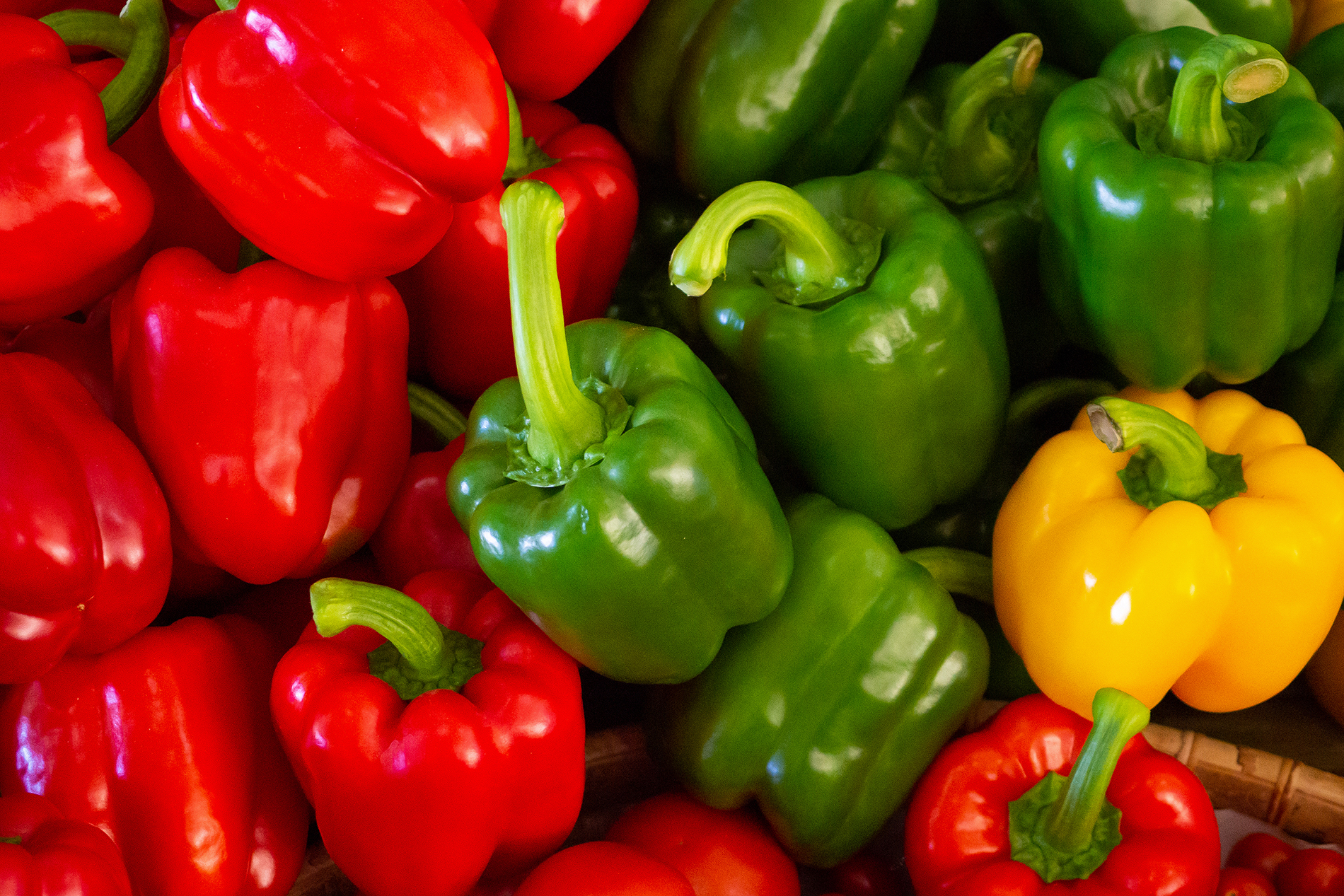
Bell peppers are another excellent choice for raised beds. They prefer warm temperatures and well-drained soil. Bell peppers come in various colors, including green, red, yellow, and orange. They can be started from seeds indoors or planted as transplants once the soil has warmed up in the spring.
Green Beans:

Green beans, also known as snap beans or string beans, are easy to grow in raised beds. They prefer full sun and fertile, well-drained soil. Green beans can be grown from seeds directly sown into the soil once the danger of frost has passed. They can produce a bountiful harvest throughout the growing season.
Lettuce:
:strip_icc()/tango-oakleaf-lettuce-c6f6417e-4cffa63034624d96a9e9ec9a3fe158f9.jpg)
Lettuce is a cool-season crop that thrives in raised beds. It prefers cooler temperatures and partial shade, especially in warmer climates. Lettuce can be grown from seeds or transplants and is often harvested as young leaves for salads. There are various types of lettuce, including loose-leaf, romaine, and butterhead.
Spinach:
Spinach is another cool-season crop that grows well in raised beds. It prefers fertile, well-drained soil and partial shade in hot climates. Spinach can be grown from seeds or transplants and is rich in nutrients like iron and vitamins. It's often harvested as baby leaves for salads or mature leaves for cooking.
Carrots:

Carrots are root vegetables that can be grown in raised beds with loose, well-drained soil. They prefer full sun and consistent moisture. Carrots are typically grown from seeds sown directly into the soil. There are many varieties of carrots available, including traditional orange, purple, yellow, and white varieties.
Herbal garden:

If you enjoy a delicious infusion after a meal, this alternative will enchant you. Instead of buying preparations, it will be enough to go out to your garden to acquire a reliable and healthy drink.
What plants can you use in your raised bed?
Certainly, the list would be long, but among the most common ones we find:
Chamomile:
:max_bytes(150000):strip_icc()/how-to-grow-chamomile-1402627-02-crop-9b5069a36d234b089b4a8d51be686493.jpg)
Chamomile is a fragrant herb known for its calming properties. It's commonly used to make a soothing herbal tea. Chamomile plants have small, daisy-like flowers and feathery foliage. They prefer full sun to partial shade and well-drained soil. Chamomile can be grown from seeds or transplants and is often harvested by plucking the flowers when they're fully open.
Mint:

Mint is a versatile herb that adds a refreshing flavor to beverages and dishes. There are many varieties of mint, including spearmint, peppermint, and chocolate mint. Mint plants prefer partial shade and moist, well-drained soil. They can be invasive, so it's best to grow them in containers or raised beds to prevent them from spreading too aggressively. Mint can be harvested by snipping off the stems as needed.
Lemongrass:

Lemongrass is a tropical herb known for its citrusy flavor and aroma. It's commonly used in teas, soups, and curries. Lemongrass plants have long, slender stalks and grass-like foliage. They require full sun and well-drained soil with regular watering. Lemongrass can be grown from stalks purchased at the grocery store or nursery and is typically harvested by cutting the stalks close to the base.
Ginger:

Ginger is a tropical plant prized for its spicy, aromatic rhizomes. It's commonly used in teas, stir-fries, and desserts. Ginger plants prefer partial shade and rich, well-drained soil. They can be grown from ginger root purchased at the grocery store or nursery. Ginger is harvested by digging up the rhizomes when the plant reaches maturity, typically after several months of growth.
Tea:

Tea plants, also known as Camellia sinensis, are evergreen shrubs native to Asia. They're the source of black, green, white, and oolong teas. Tea plants prefer partial shade and well-drained, acidic soil. They can be grown from seeds or cuttings and require regular pruning to encourage new growth and improve air circulation. Tea leaves are harvested by plucking the young, tender leaves and buds.
These plants offer a delightful array of flavors and aromas for homemade herbal infusions, providing a satisfying and healthy alternative to store-bought preparations.
Flower garden:

If filling your garden with vibrant colors and big contrasts is your thing, a flower garden is ideal for both sight and your garden.
With this choice, you'll hardly have space for all the options you can plant.
The recommendations here are a bit challenging, but for their ease, high resistance, and beautiful flowering, we recommend the following that you can have without any problems outdoors:
Lantana:

Lantana is a colorful flowering plant that's known for its vibrant blooms and attractiveness to butterflies. It's a low-maintenance plant that thrives in full sun and well-drained soil. Lantana comes in a variety of colors, including yellow, orange, red, and pink. It's drought-tolerant once established and blooms prolifically throughout the growing season.
Geranium:
:max_bytes(150000):strip_icc()/geraniums-getty-0623-f13d2a604ef84a6981cd45acaead535f.jpg)
Geraniums are popular flowering plants prized for their colorful blooms and ease of care. They prefer full sun to partial shade and well-drained soil. Geraniums come in various colors and forms, including upright and trailing varieties. They're drought-tolerant and can bloom from spring to fall with proper care.
Gazania:
:max_bytes(150000):strip_icc()/gazania-flowers-1315701_10-d5712d24749940ee90fab455ed9d0562.JPG)
Gazania is a sun-loving annual plant that's known for its bold and colorful flowers. It prefers full sun and well-drained soil and is drought-tolerant once established. Gazania blooms in shades of yellow, orange, red, and pink and is excellent for adding color to gardens, borders, and containers.
Portulaca:
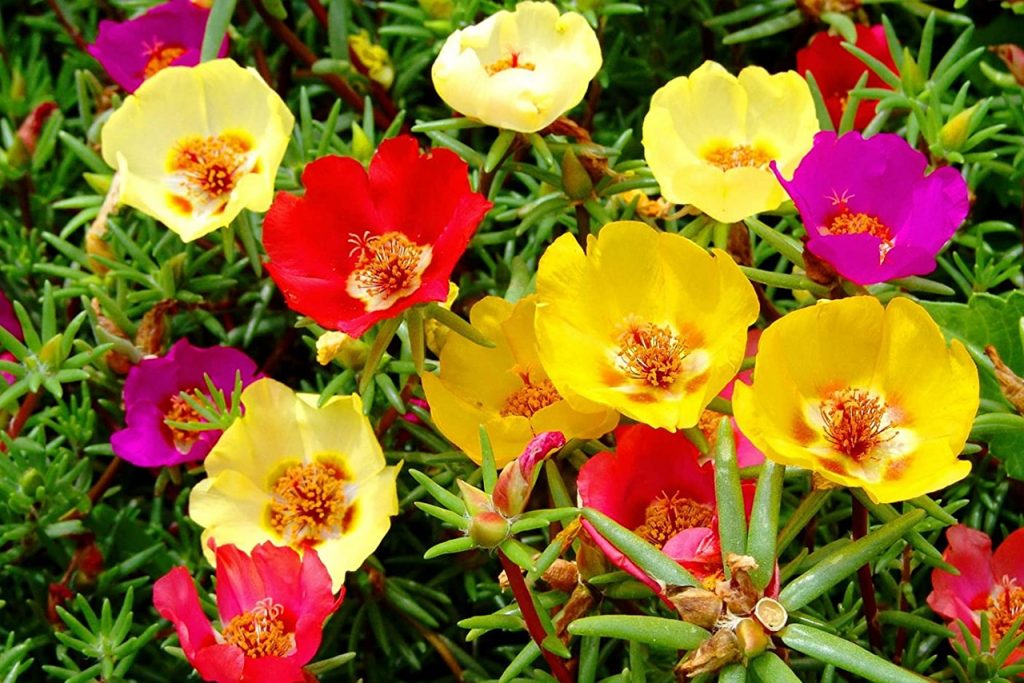
Portulaca, also known as moss rose or purslane, is a low-growing annual plant with succulent foliage and vibrant, daisy-like flowers. It thrives in hot, dry conditions and is excellent for rock gardens, borders, and containers. Portulaca blooms in shades of pink, orange, yellow, red, and white and is drought-tolerant once established.
Chrysanthemum:
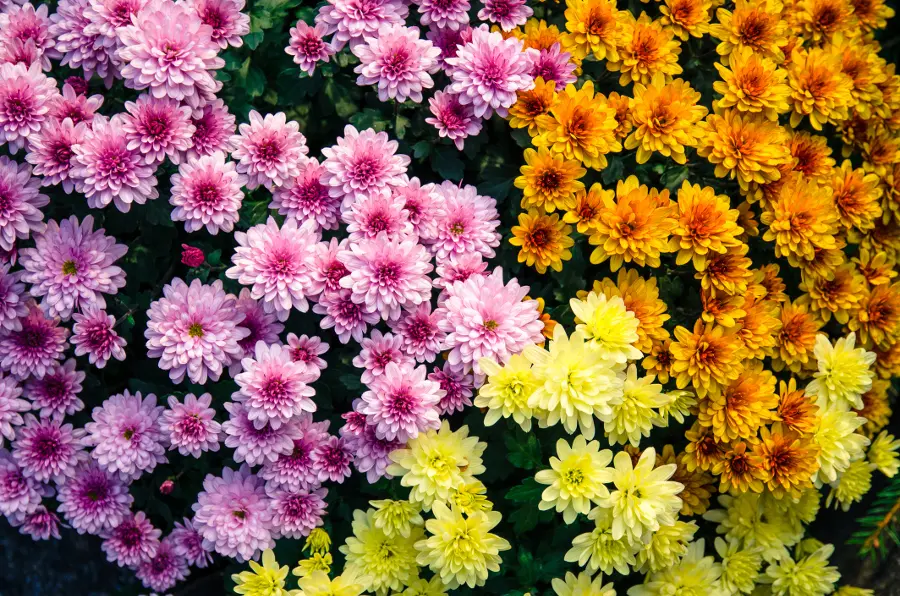
Chrysanthemums, often referred to as mums, are popular flowering plants known for their colorful and abundant blooms. They prefer full sun and well-drained soil and come in a variety of colors and forms, including single, semi-double, and double blooms. Chrysanthemums are often grown as fall-blooming annuals or perennials and can add a splash of color to the garden.
Coreopsis:
:max_bytes(150000):strip_icc()/coreopsis-lanceolata-7255292_03-4190210eafb849809724869c2c532493.jpg)
Coreopsis, also known as tickseed, is a drought-tolerant perennial plant with cheerful, daisy-like flowers. It prefers full sun and well-drained soil and blooms in shades of yellow, orange, and red. Coreopsis is low-maintenance and attracts butterflies, making it an excellent choice for garden borders and wildflower meadows.
Zinnia:

Zinnias are easy-to-grow annual plants known for their bright and colorful flowers. They prefer full sun and well-drained soil and come in a variety of shapes, sizes, and colors. Zinnias attract butterflies and pollinators and are excellent for cutting gardens, borders, and containers.
Stock:

Stock is a fragrant annual or biennial plant known for its tall spikes of colorful, sweet-scented flowers. It prefers full sun to partial shade and well-drained soil and blooms in shades of pink, purple, white, and yellow. Stock is excellent for adding fragrance and vertical interest to garden beds and borders.
Dianthus:
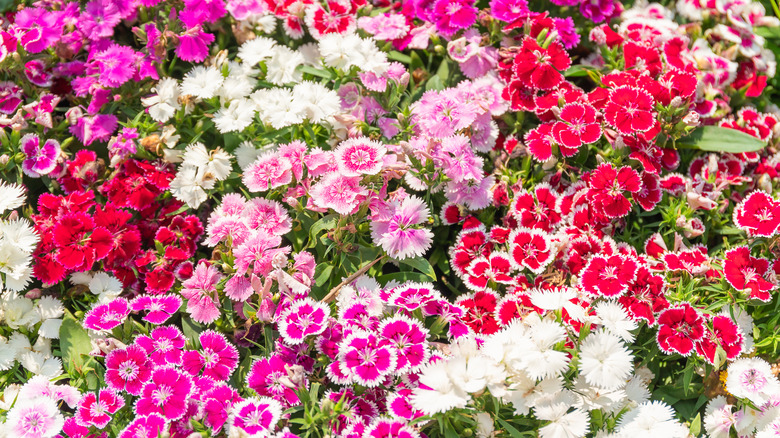
Dianthus, also known as pinks or carnations, is a group of flowering plants prized for their colorful and fragrant blooms. They prefer full sun and well-drained soil and come in various colors, including pink, red, white, and bicolor varieties. Dianthus is often grown as an annual or perennial and is excellent for rock gardens, borders, and containers.
Sedum:

Sedum, also known as stonecrop, is a group of succulent plants known for their drought tolerance and low-maintenance nature. They prefer full sun and well-drained soil and come in various shapes, sizes, and colors. Sedum is excellent for rock gardens, ground covers, and containers and provides interest with its fleshy foliage and clusters of star-shaped flowers.
Fruit garden:

Of course, having part of your food at home, fresh fruit for breakfast is almost a dream, but nothing could be further from reality.
A raised bed brings this possibility to your table. Certainly, many fruits require too much space, while others not so much, like the ones we'll indicate:
Strawberries:

Strawberries prefer full sun and well-drained, slightly acidic soil. There are three main types of strawberries: June-bearing, everbearing, and day-neutral. June-bearing varieties produce a single large crop in late spring or early summer, everbearing varieties produce two to three smaller crops throughout the growing season, and day-neutral varieties produce fruit continuously throughout the season. Ideal for raised beds, containers, or traditional garden beds.
Raspberries:

Known for their delicious berries and vigorous growth habit. There are two main types of raspberries: summer-bearing and fall-bearing. Summer-bearing varieties produce a single crop in early to midsummer, while fall-bearing varieties produce a crop in late summer or early fall. Raspberries prefer full sun and well-drained soil with regular moisture.
Blueberries:
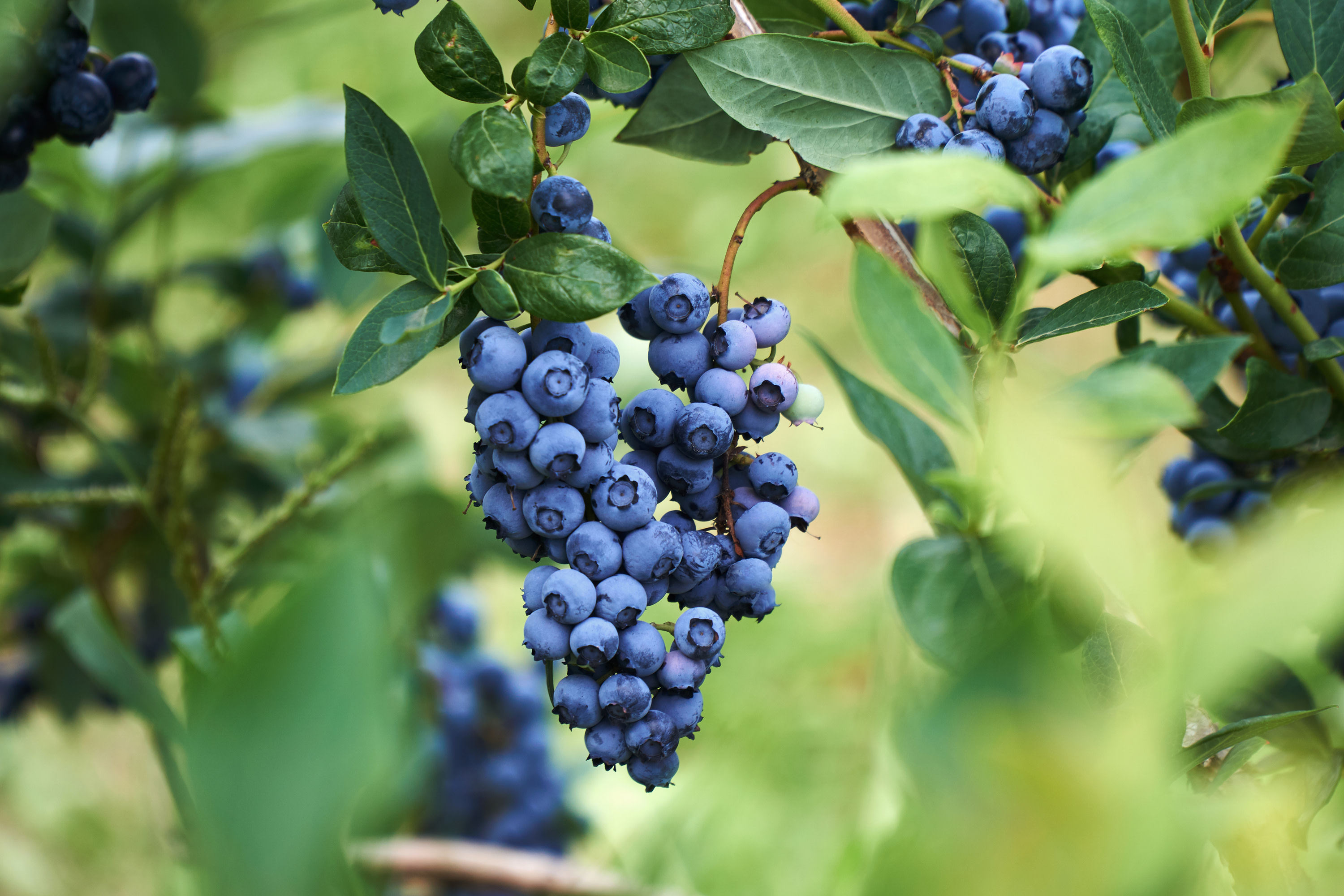
Blueberries are perennial shrubs prized for their sweet and flavorful berries. They prefer acidic soil with a pH between 4.5 and 5.5 and full sun to partial shade. Blueberries require well-drained soil with consistent moisture and can be grown in raised beds or containers filled with acidic potting mix. They bloom in spring and produce fruit in summer, with different varieties ripening at different times.
Blackberries:

This is a sweet and juicy fruit. They prefer full sun and well-drained soil with regular moisture. Blackberries can be grown on trellises or in rows in raised beds or traditional garden beds. There are two main types of blackberries: erect and trailing. Erect varieties have stiff, upright canes, while trailing varieties have arching canes that require support.
Currants:
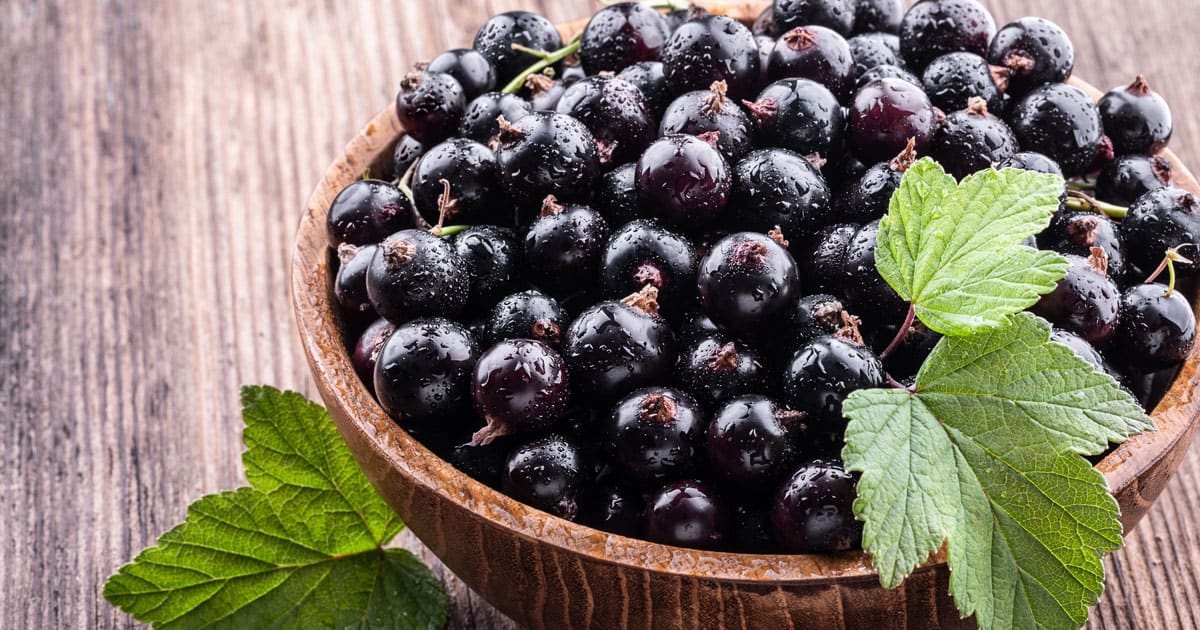
Currants are deciduous shrubs known for their tart berries, which come in red, black, or white varieties. They prefer full sun to partial shade and well-drained soil with regular moisture. Currants can be grown in raised beds or traditional garden beds and are often used in jams, jellies, and desserts. They produce fruit in early to midsummer and are relatively low-maintenance.
Melons:
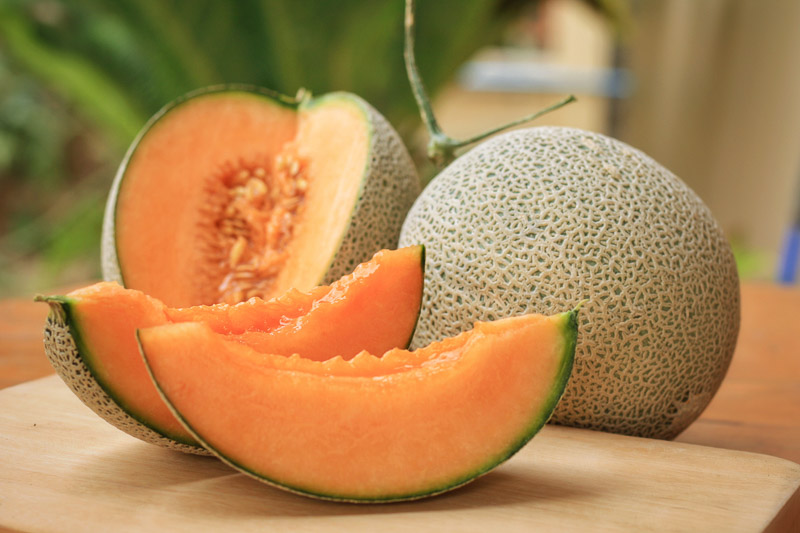
Melons, including cantaloupe, honeydew, and watermelon, are warm-season annual plants known for their sweet and juicy fruits. They prefer full sun and warm temperatures and require well-drained soil with consistent moisture. Melons can be grown in raised beds or traditional garden beds with plenty of space for the vines to spread. They produce fruit in late summer or early fall and are typically harvested when fully ripe.
Pumpkins:

Pumpkins are warm-season annual plants known for their large, round fruits and trailing vines. They prefer full sun and warm temperatures and require well-drained soil with plenty of organic matter. Pumpkins can be grown in raised beds or traditional garden beds with ample space for the vines to spread. They produce fruit in late summer or early fall and are often used for carving, cooking, or decoration during the autumn months.
Pollinator garden:

Without a doubt, what every plant lover wants is for their garden to bloom and bear fruit, which is why this alternative is ideal when you combine various options in your garden.
Although all plants attract pollinators, some are preferred by these pleasant friends. Therefore, if what you want is to attract them in droves, these are ideal:
Lavender:
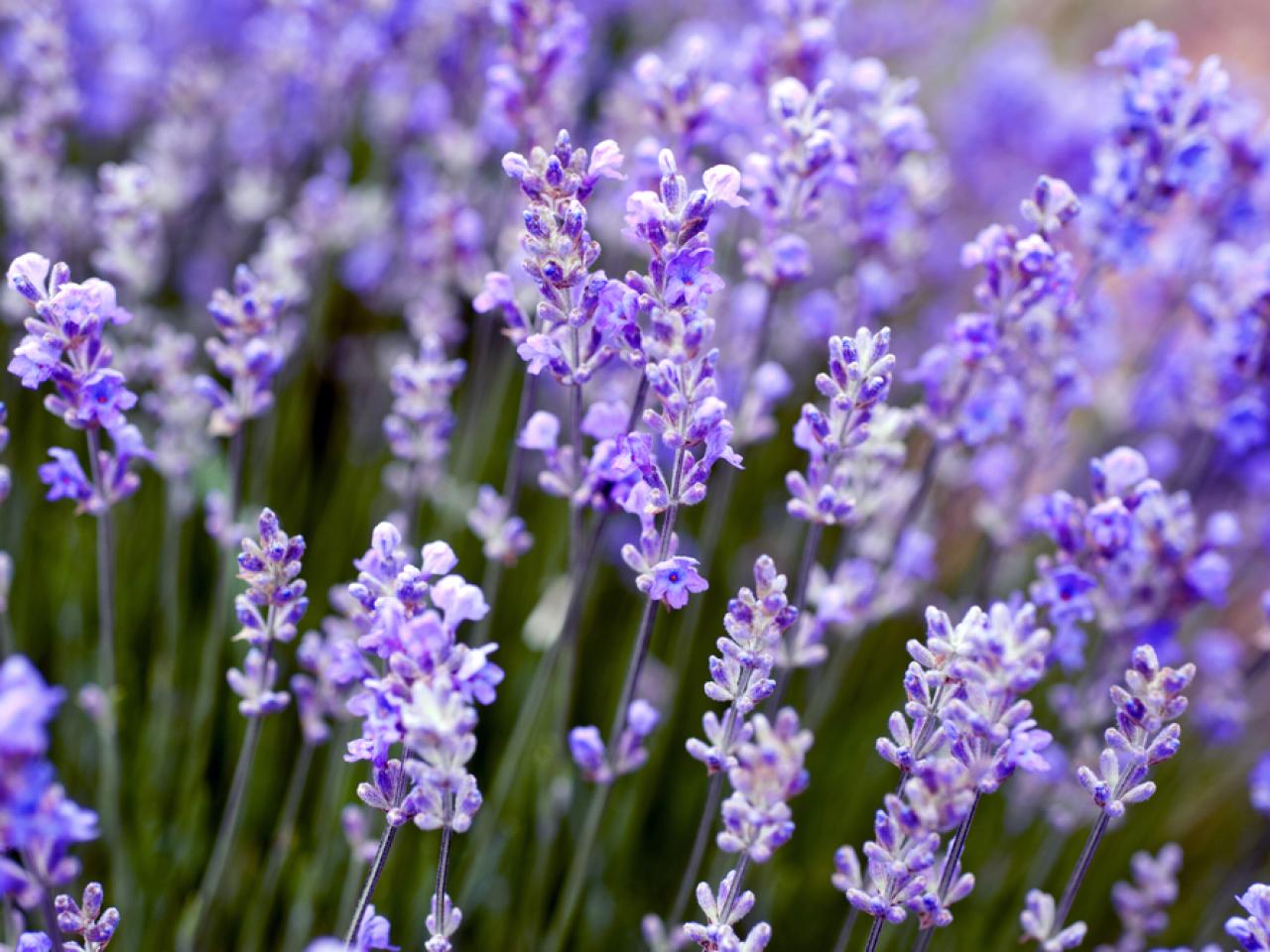
Its purple flowers bloom in summer, adding beauty and fragrance to the garden while attracting beneficial pollinators. It attracts a variety of pollinators, including bees, butterflies, and hummingbirds. Lavender prefers full sun and well-drained soil and is drought-tolerant once established.
Coneflowers:
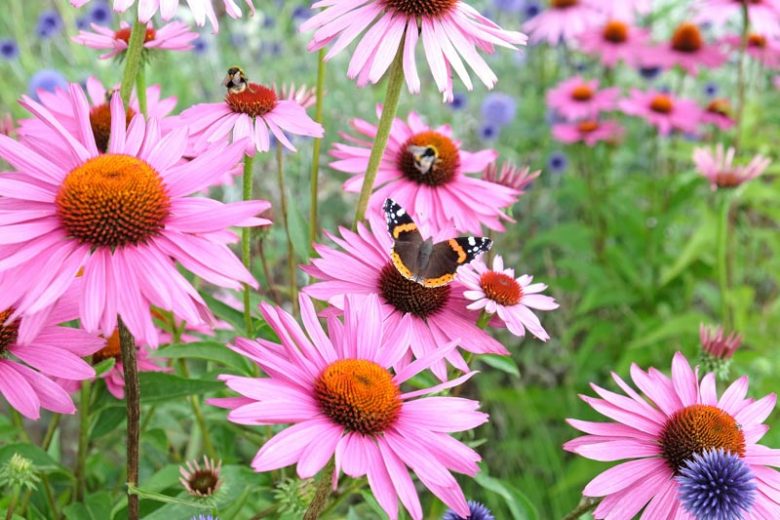
Coneflowers bloom from summer to fall in shades of pink, purple, white, and orange, providing nectar and pollen for pollinators. They attract pollinators like bees and butterflies with their colorful daisy-like flowers. Coneflowers prefer full sun to partial shade and well-drained soil.
Dandelion:
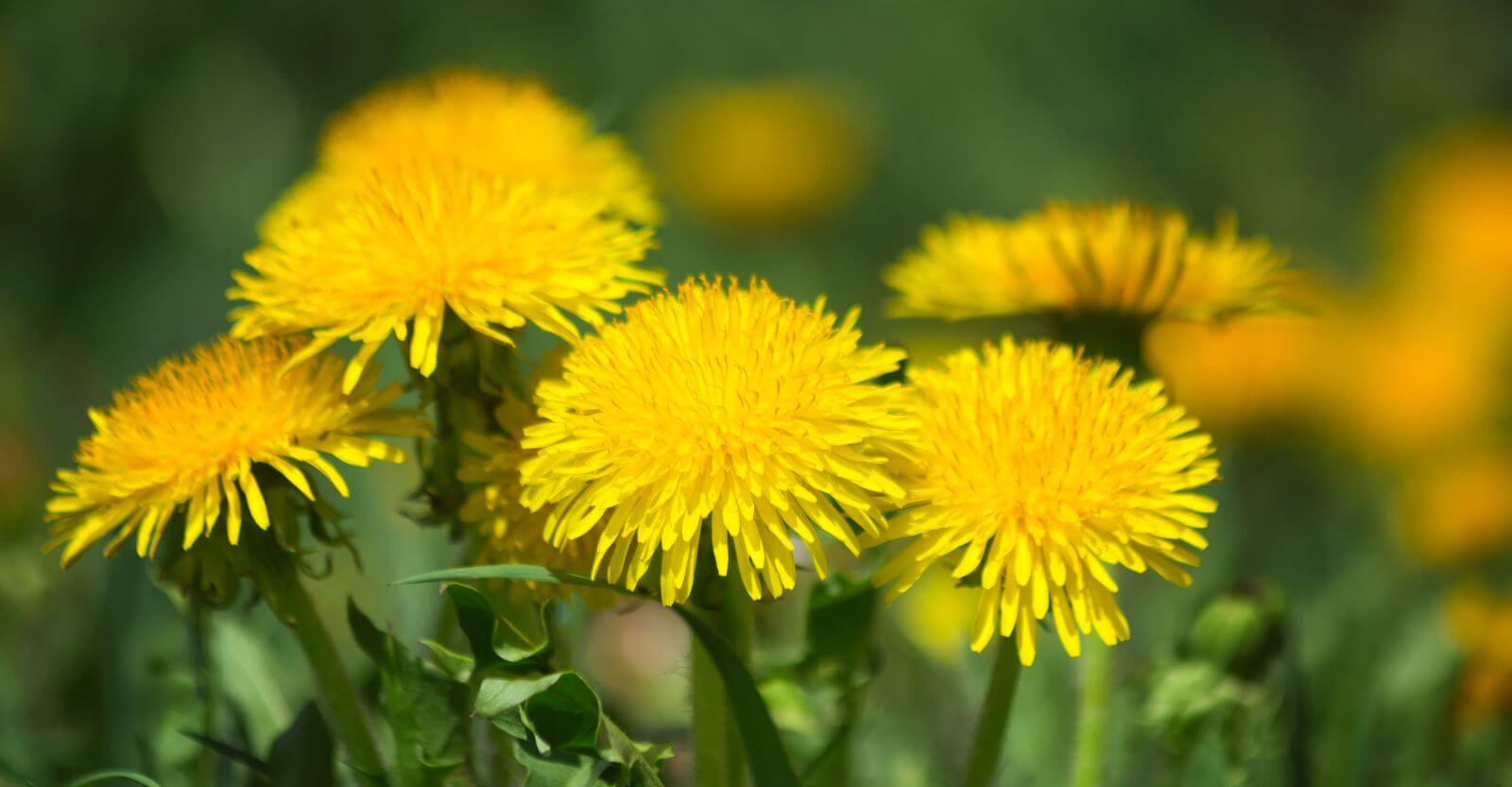
Dandelions, while often considered weeds, are valuable early-season nectar sources for pollinators like bees and butterflies. They have bright yellow flowers that bloom in spring and early summer. Dandelions thrive in a wide range of conditions, including full sun to partial shade and various soil types. Allowing dandelions to grow in your garden can provide essential food for pollinators early in the season.
Verbena:

Verbena is a flowering plant known for its clusters of small, brightly colored flowers that attract butterflies and hummingbirds. It prefers full sun and well-drained soil and blooms from spring to fall. Verbena comes in various colors, including purple, pink, red, and white, and is excellent for adding continuous color and attracting pollinators to the garden.
Marigold:

They attract pollinators like bees and butterflies with their vibrant flowers and nectar. Marigolds prefer full sun and well-drained soil and bloom from spring to fall. They come in various colors, including orange, yellow, and gold, and are excellent for borders, containers, and companion planting.Marigolds are annual flowering plants known for their cheerful blooms and pest-repelling properties.
Mint:

Mint prefers full sun to partial shade and moist, well-drained soil. It blooms in summer with flowers ranging from white to lavender and is excellent for attracting pollinators while also providing culinary uses.It attracts pollinators like bees and butterflies with its small, clustered flowers.
Zinnias:
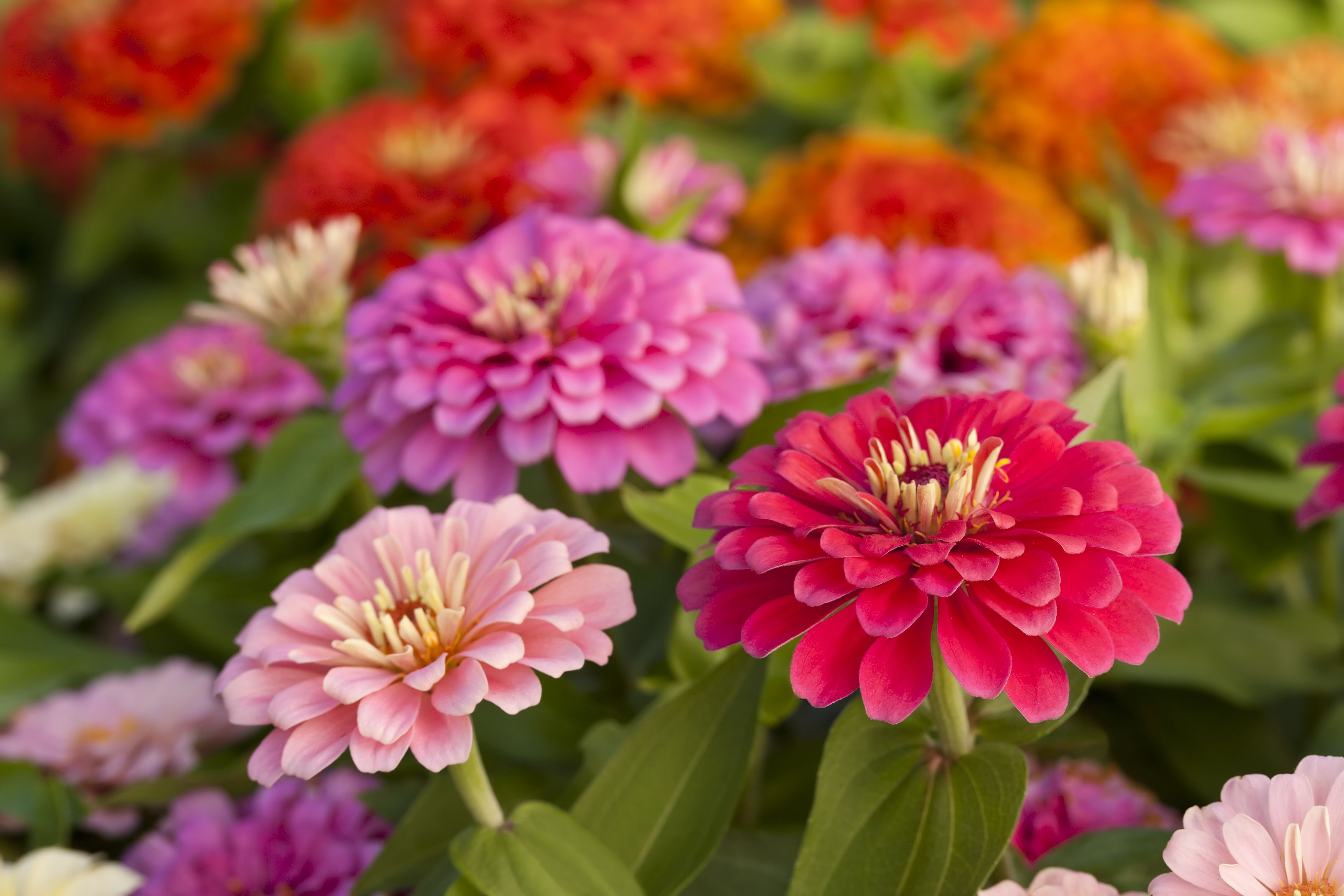
Zinnias are annual flowering plants known for their colorful and abundant blooms, which attract pollinators like butterflies and bees. They prefer full sun and well-drained soil and bloom from summer to fall. Zinnias come in various shapes, sizes, and colors, including red, pink, orange, yellow, and white, and are excellent for adding vibrant color and attracting pollinators to the garden.
Sunflowers:

Sunflowers come in various sizes and colors, including yellow, orange, and red, and are excellent for adding height and attracting pollinators to the garden. Sunflowers are tall annual plants known for their large, showy flowers that attract bees and other pollinators. They prefer full sun and well-drained soil and bloom from summer to fall.
Shared garden:

If you have enough space, undoubtedly a shared garden is the ultimate alternative. For example, combining all the previous options will give you a healthy, prosperous, and flourishing garden, plants that repel insects and pests while attracting pollinators, all working in perfect harmony.
I hope this blog helps unlock the possibilities offered by a raised bed for your garden. If it has been helpful, don't forget to follow us on social media and subscribe to our newsletter. Big hug!





:strip_icc()/tango-oakleaf-lettuce-c6f6417e-4cffa63034624d96a9e9ec9a3fe158f9.jpg)
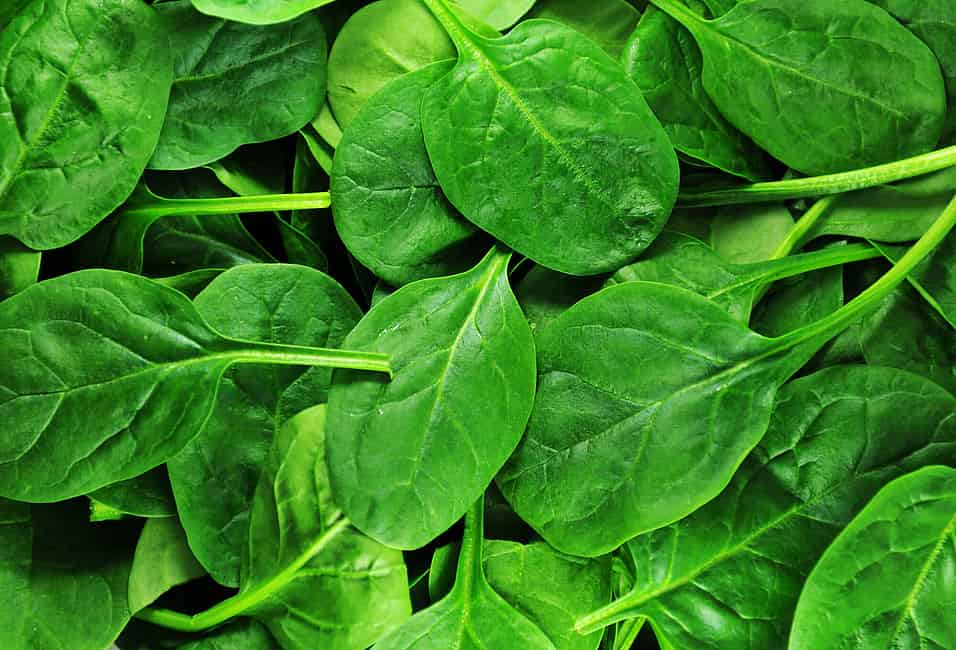


:max_bytes(150000):strip_icc()/how-to-grow-chamomile-1402627-02-crop-9b5069a36d234b089b4a8d51be686493.jpg)






:max_bytes(150000):strip_icc()/geraniums-getty-0623-f13d2a604ef84a6981cd45acaead535f.jpg)


:max_bytes(150000):strip_icc()/coreopsis-lanceolata-7255292_03-4190210eafb849809724869c2c532493.jpg)






















